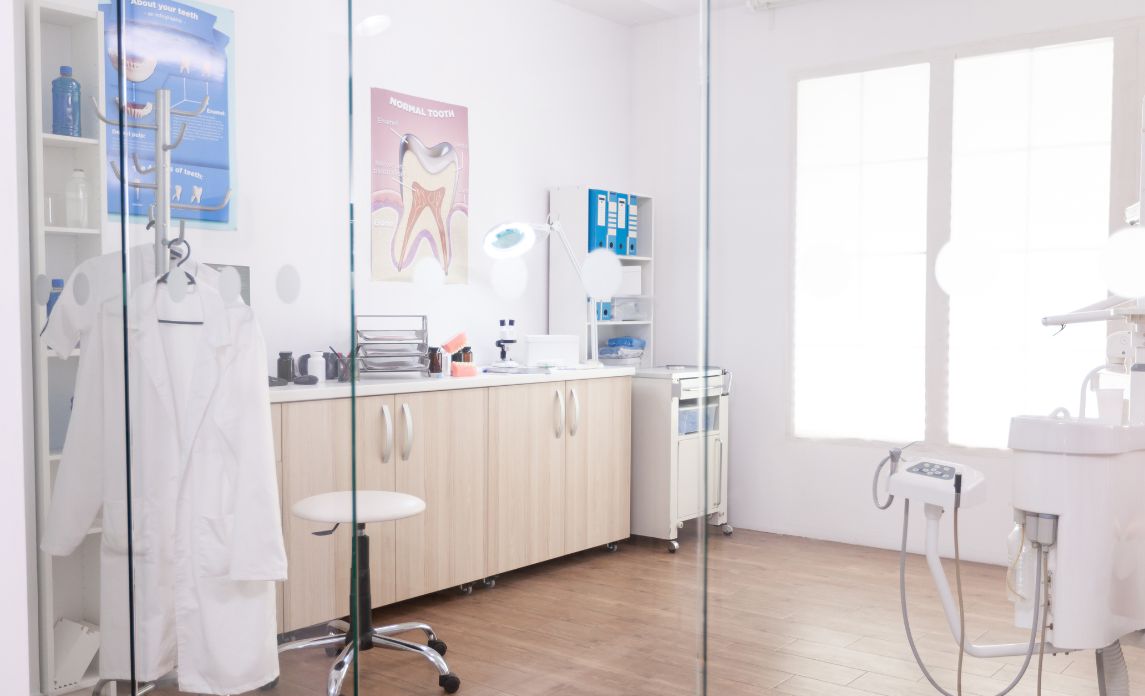In the healthcare industry, cleanliness is an important element of service delivery. Beyond mere aesthetics, a clean and hygienic facility plays a pivotal role in shaping patient perceptions and experiences. From instilling trust to affecting overall well-being, the cleanliness of a healthcare facility profoundly influences how patients perceive the quality of care they will receive.
First Impressions Last
Indeed, cleanliness in healthcare settings is far more than a surface-level concern. It’s not an exaggeration to say that every patient expects a healthcare establishment—be it a primary, secondary, or tertiary facility—to maintain high cleanliness standards. After all, it’s a place where one can expect to get better and not to pick up germs that can further make one sick.
The implications of maintaining a clean environment resonate deeply with patient perceptions and their overall healthcare journey. Moreover, for any healthcare facility, meeting or exceeding this expectation of cleanliness is crucial in retaining patients and attracting new ones.
Below are just a few crucial ways that cleanliness can directly affect how patients view a healthcare establishment:
Building Trust and Confidence
When patients step into a healthcare facility, they want to be greeted with a clean environment that exudes professionalism and care. The cleanliness reflects an institution's commitment to providing optimal care, building trust and confidence among patients and their families.
Aside from an initial positive impression, which sets the tone for a patient’s entire healthcare experience, cleanliness also showcases professionalism and attention to detail. This indicates that the healthcare facility cares about every aspect of patient experience.
Association with High-Quality Care
For many patients, cleanliness is synonymous with quality. A spotless environment signifies an institution's dedication to excellence, conveying the message that every aspect of patient care—from equipment to treatments—is held to high standards. This heavily influences not just their opinion about the establishment but also how they feel about the care they received.
Enhanced Comfort and Well-being
A clean and sanitised environment contributes to a patient's comfort and sense of well-being. In the often-anxious atmosphere of medical settings, a tidy and hygienic space can alleviate stress and anxiety. Instead of feeling worried or stressed, a patient can be more positive about their healing because of a clinic or hospital’s clean, welcoming ambiance.
Infection Prevention and Safety
One of the primary concerns in healthcare settings is the spread of infections and a clean environment is pivotal in mitigating this risk. Patients, particularly those with compromised immune systems, will obviously feel safer and more secure in facilities that maintain rigorous cleanliness standards. The assurance of lower risks of infection is a significant factor influencing patient perceptions.
Last but certainly not least, a clean healthcare facility is likely to enjoy positive word of mouth. Patients often share their experiences with friends and family, which can enhance a hospital’s reputation within the community.
How Cleanliness Can Be Achieved and Maintained:
Maintaining cleanliness in healthcare facilities requires a comprehensive approach and continuous efforts. It involves stringent protocols, rigorous hygiene measures, and meticulous attention to detail.
Thus, it’s best to leave medical cleaning to professional hospital cleaners like Crewcare. With the experts handling the job, facility managers and safety officers can rest assured of quality results and that everything is taken care of in the most efficient way.
With all that said, here are key considerations in achieving and maintaining high standards of cleanliness in hospitals and clinics:
Robust Cleaning Protocols
It’s important to implement and adhere to stringent cleaning protocols in healthcare facilities. In particular, regular disinfection of surfaces, equipment, and common areas is crucial in preventing the spread of infections.
There should also be a separate set of cleaning protocols for specific situations, such as during public health emergencies, that require extra attention and care.
Staff Training and Awareness
Another crucial factor in keeping a healthcare facility clean and hygienic at all times is staff training and awareness. When the entire personnel understands the importance of cleanliness and proper hygiene practices, it’s easier to preserve an establishment’s pristine condition.
Moreover, continuous training ensures that all staff members are committed to upholding both the latest cleanliness standards and the best practices in healthcare.
Use of Advanced Technology and Tools
The use of advanced cleaning technologies and tools, such as UV sterilisation, HEPA filters, and antimicrobial surfaces, can further bolster efforts to maintain a clean environment within a healthcare setting.
Engaging Patients in the Process
Involving patients in maintaining cleanliness by encouraging proper hand hygiene and providing feedback channels can create a collaborative approach toward a clean environment. When patients feel more like stakeholders rather than mere customers, they will be more willing to participate in your efforts to promote cleanliness.
Cleanliness stands as one of the strongest foundations in shaping patient perceptions within healthcare settings. It's not a secondary aspect but a vital component that influences trust, comfort, safety, and the overall perception of care quality. Healthcare facilities that prioritise and consistently maintain high cleanliness standards are more likely to create positive patient experiences, creating a culture of trust and excellence in healthcare delivery.


